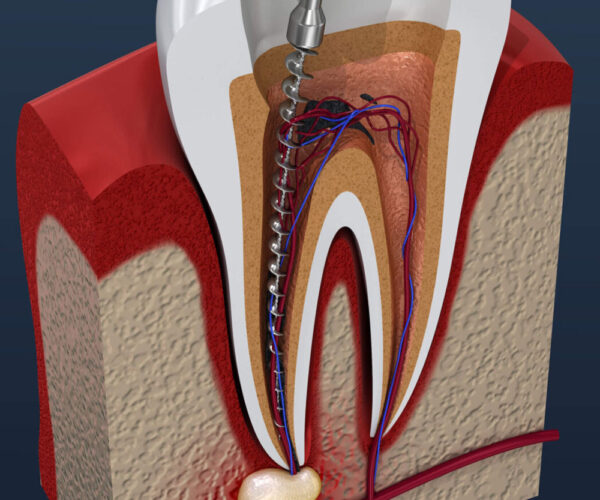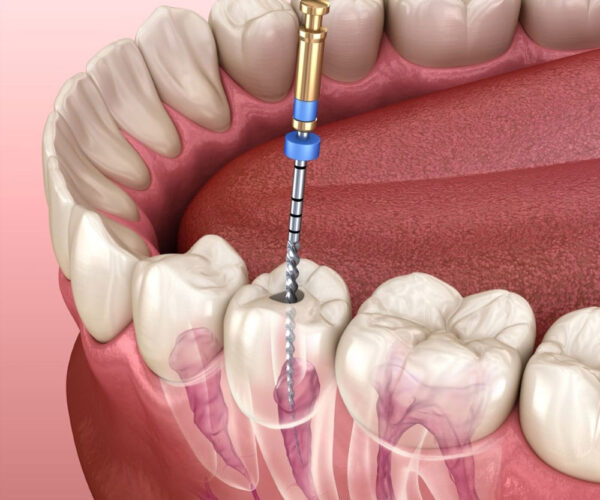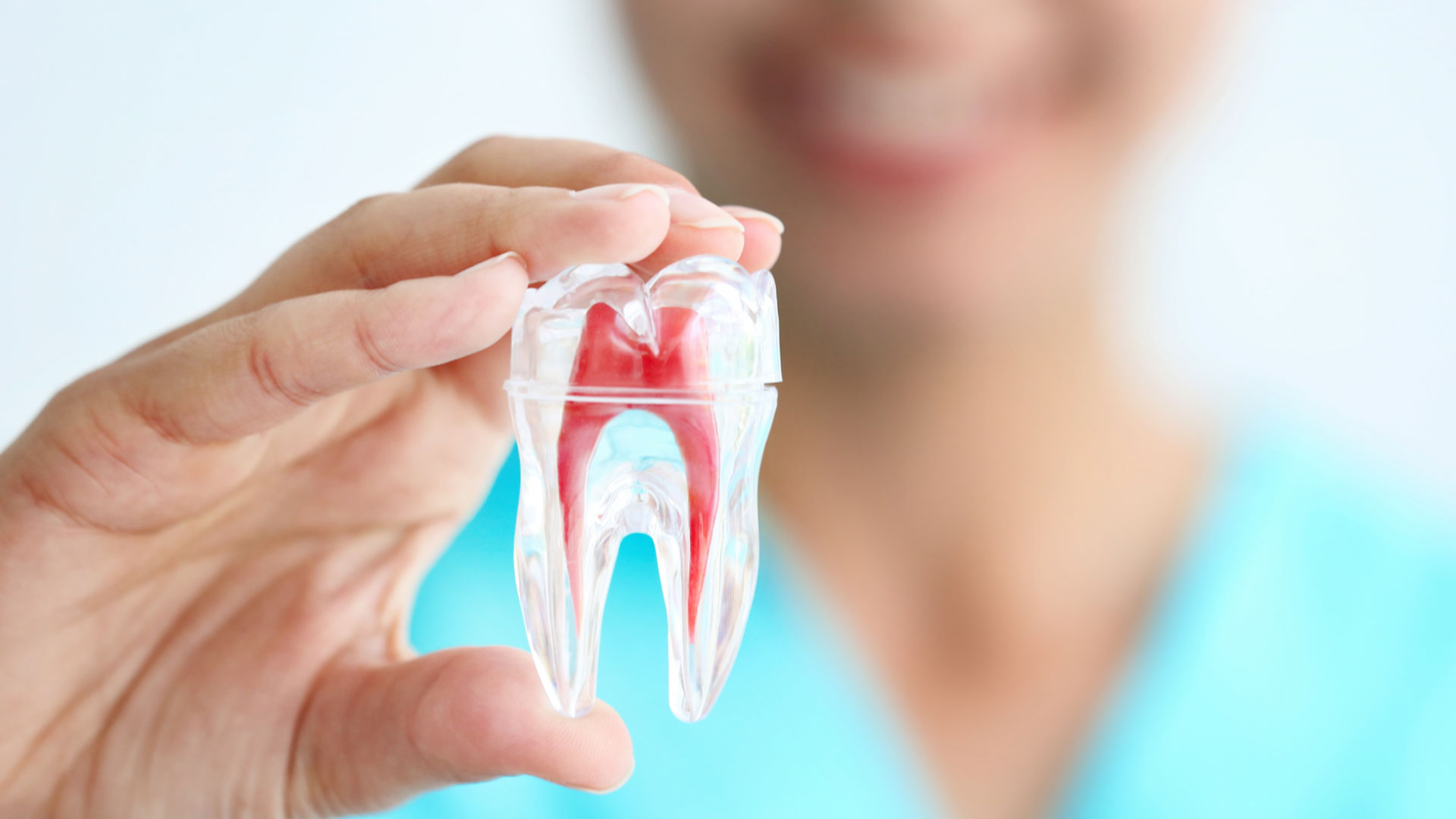What to Expect During a Root Canal
If you think you need a root canal, consult your dentist. There are a number of steps that occur over a few office visits.
- X-ray – if a dentist suspects you may need a root canal, he will first take X-rays or examine existing X-rays to show where the decay is located.
- Anesthesia – local anesthesia is administered to the affected tooth. Contrary to popular belief, a root canal is no more painful than a filling.
- Pulpectomy – an opening is made and the diseased tooth pulp is removed.
- Filling – the roots that have been opened (to get rid of the diseased pulp) are filled with gutta-percha material and sealed off with cement.
Tips for Care After a Root Canal
A treated and restored tooth can last a lifetime with proper care. Root canals have a high success rate. Here are a few ways to take care of your teeth after a root canal:
- Practice good oral hygiene – brush teeth twice a day, and floss at least once. Taking care of your teeth can help prevent future problems.
- Visit the dentist regularly – cleanings and examinations by dentists and hygienists.
- Avoid chewing on hard foods – chewing on hard foods such as ice can cause teeth to break, and can harm root canals.


Most Popular and Trending Root Canal Questions
Since patients are given anesthesia, a root canal isn’t more painful than a regular dental procedure, such as a filling or getting a wisdom tooth removed. However, a root canal is generally a bit sore or numb after the procedure, and can even cause mild discomfort for a few days.
A root canal is performed when the endodontist removes the infected pulp and nerve in the root of the tooth, cleans and shapes the inside of the root canal, then fills and seals the space. Afterward, your dentist will place a crown on the tooth to protect and restore it to its original function.
You can eat 30 to 45 minutes after a root canal, which is enough time to allow your temporary filling to fully harden, but it’s generally recommended that patients wait to eat until after the anesthetic has worn off to prevent you from biting your cheek or tongue.
